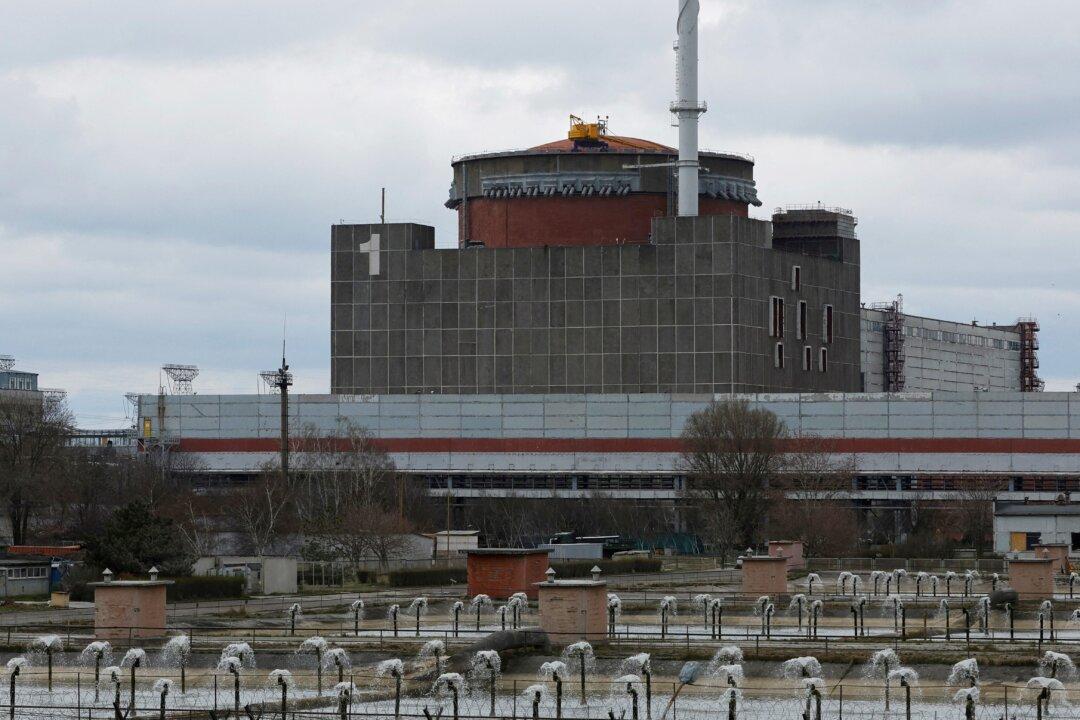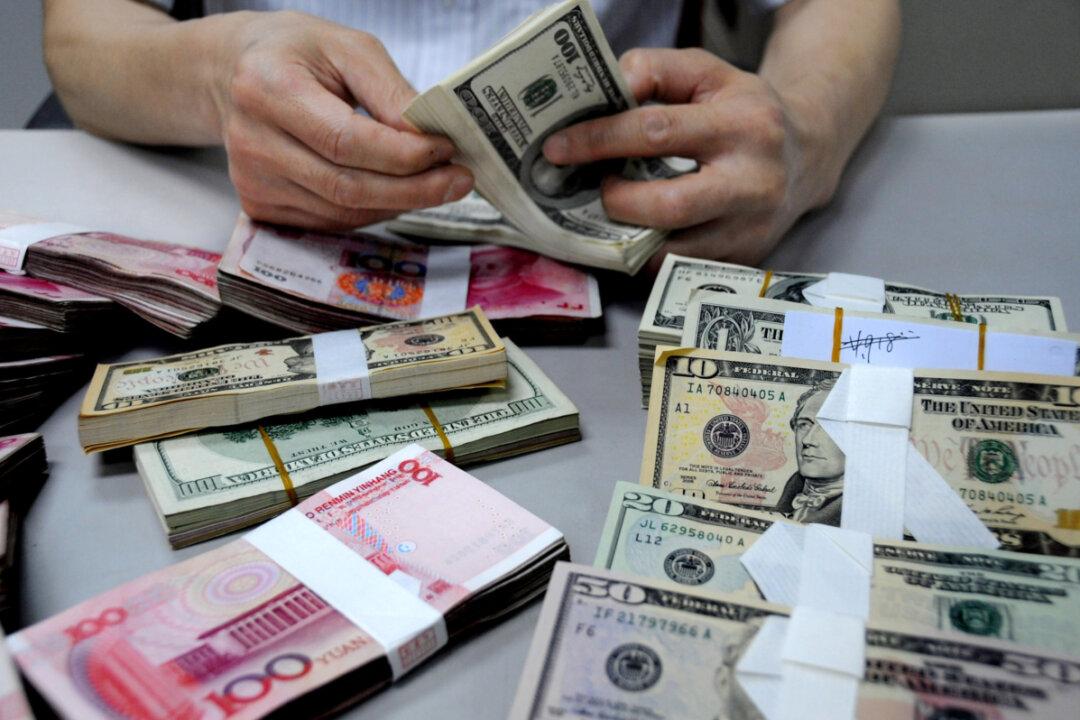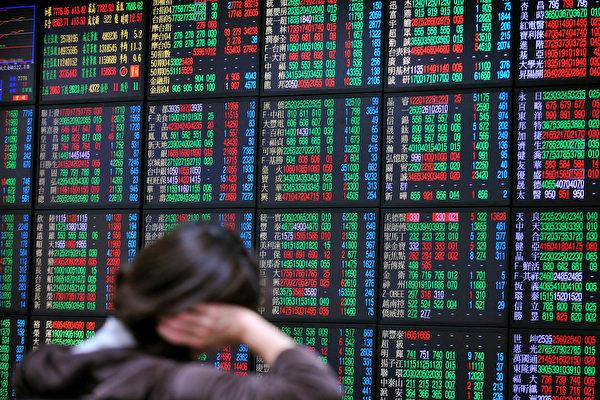Hong Kong’s central bank has spent over $22 billion in ten weeks to stabilize the exchange rate of the Hong Kong dollar (HKD) amid weakening market confidence in the city’s currency.
Since May 2022, the Hong Kong Monetary Authority (HKMA), the city’s central bank, has bought HKDs at its fastest pace to keep the U.S. dollar’s (USD) maximum convertible to the HKD at 7.85.





